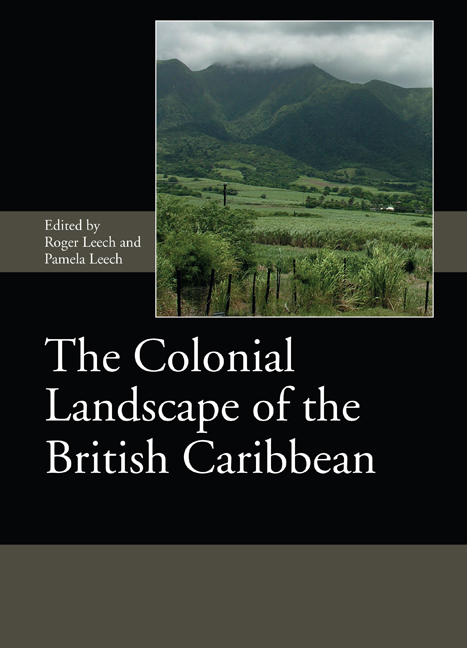Foreword
Published online by Cambridge University Press: 31 March 2021
Summary
The Black Lives Matter movement and protests, the challenging of the continued presence of statues to commemorate oppressive and exploitative individuals and practices from the recent past, and serious attempts to decolonize university curricula are all part of a dramatic and much-needed shake up to thinking about history and associated subjects, and how they have been dominated by western, white, often male and elite views. For those of us who are western, white and elite in terms of education, yet have research interests in regions outside Europe (and North America), there are major questions and challenges around how we undertake this research working in collaboration with local colleagues and communities. The 21st century has seen a growth in collaborative research projects between academic archaeologists, and in projects that work with different local communities. Being inclusive is a major driver for new archaeological projects, and we recognize that the 20th century model of western, white experts helicoptering into exotic locations to carry out research (supported by local infrastructure), and then taking the results back to western universities, and writing them up for the benefit of western scholars and academia is no longer fit for purpose, and is actively detrimental to local colleagues, communities and the archaeology itself.
This volume is based on original research in the Caribbean, focusing on the islands of Nevis and St Kitts. As the editor notes in his preface, it brings together work begun in 2001 and from a conference in 2005, organized in collaboration with the historical societies for St Kitts and Nevis, and it has taken many years to come to fruition. The monograph contains papers resulting from a project funded by the British Academy looking at the historical archaeology of the Atlantic rim, undertaken by the University of Southampton in collaboration principally with National Museums Liverpool and Bristol City Museum and Art Gallery. The Liverpool involvement was directly linked to its International Slavery Museum, devoted to relating untold stories of enslaved people, both historical and contemporary. The Bristol element was devoted to recruiting five young people of African or Caribbean heritage to be involved both in the archaeological project and in working alongside young people from Nevis, the results and their experiences being disseminated more widely through BBC Bristol Online’s Black Echo (BBC 2001).
- Type
- Chapter
- Information
- The Colonial Landscape of the British Caribbean , pp. xix - xxPublisher: Boydell & BrewerPrint publication year: 2021

